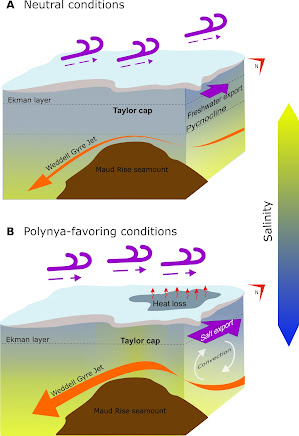Exploring the Origins of Big Sur's Enigmatic Seafloor Pockmarks

Off the coast of Big Sur, California, lies a fascinating underwater landscape marked by large holes in the clay, silt, and sand. These pockmarks, discovered decades ago, have long puzzled scientists. Recent research by the Monterey Bay Aquarium Research Institute (MBARI) and Stanford University has shed new light on their formation. The Sur Pockmark Field, the largest of its kind in North America, spans an area equivalent to Los Angeles and contains over 5,200 hollows, each measuring up to 175 meters wide and 5 meters deep. These pockmarks are found at depths ranging from 500 to 1,500 meters. Unlike typical pockmarks formed by the release of methane or other fluids, the Sur Pockmarks appear to be shaped by gravitational forces. Analysis of sediment samples indicates that sediment has flowed down the continental slope intermittently for at least 280,000 years, with a significant flow occurring 14,000 years ago, likely triggered by an earthquake or slope collapse. This process erodes the...

